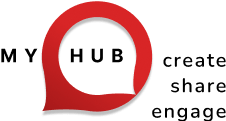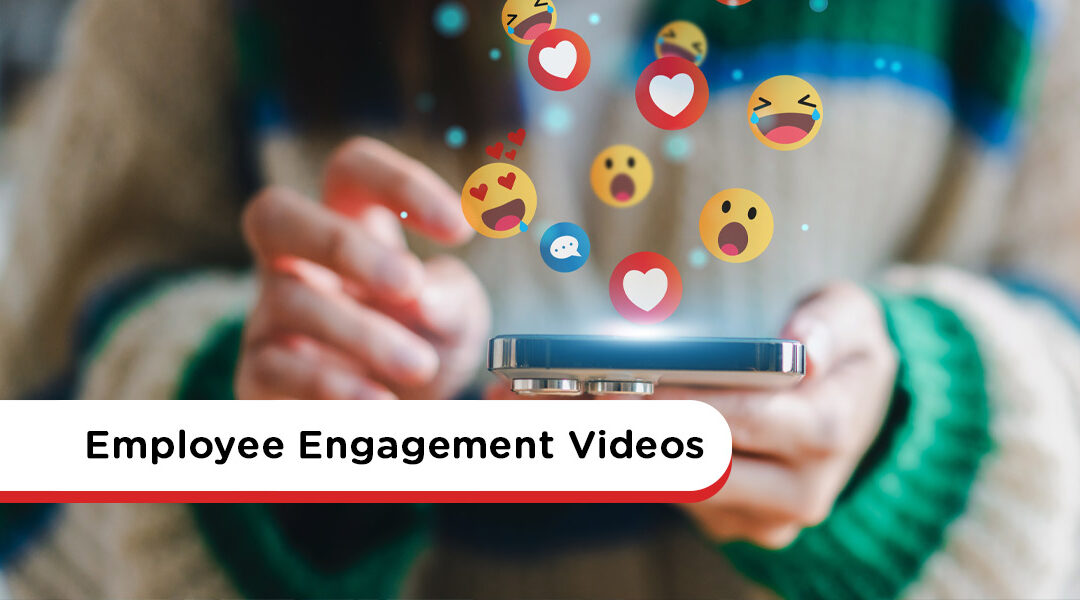Employee empowerment is a strategic approach that grants employees greater autonomy, authority, and access to resources, enabling them to make decisions and contribute meaningfully to organizational success. This practice is closely linked to increased motivation, job satisfaction, and overall performance.
The blog post outlines five key benefits of employee empowerment, like Enhanced Motivation and Engagement (Empowered employees feel trusted and valued, leading to higher levels of motivation and engagement), Boosted Creativity and Innovation (Autonomy encourages employees to think creatively and contribute innovative ideas, fostering a culture of continuous improvement) and Stronger Employer Brand and Higher Retention (Organizations that invest in employee development and empowerment tend to retain talent longer and attract top candidates.)
By implementing empowerment strategies, organizations can create a more agile, committed, and productive workforce. This not only enhances individual performance but also drives overall business success.










